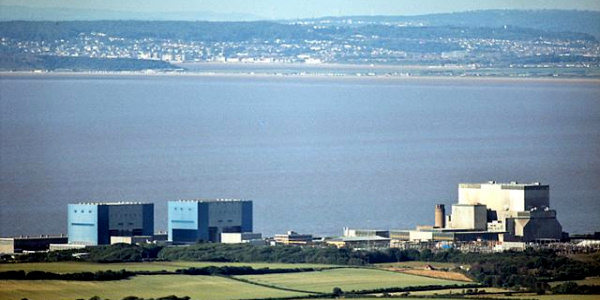Can’t stop talking about my generation: Thirty years of power generation costs constantly falling in real terms
Published on 5th October, 2016
Last month’s blog gave you five compelling reasons why producing your own power is one of today’s hot topics. Let’s forego comment on the pros and cons of the recently announced green light for the Hinkley C nuclear project and address a fundamental underlying trend in power generation technology which affects all these issues.
The trend in question is the fact that if you go back nearly thirty years, power generation costs have been falling more or less constantly.
First, we need to define what we mean by “generation cost”.
There are essentially three components. The first is the capital cost of the plant. Then there are the fuel running costs once the plant is operating. Finally, there are the non-fuel operation and maintenance costs. If you add all these elements together and divide the total by the expected number of MWhs likely to be produced over the life of the plant, then you get to a number which is commonly referred to as the “levelised cost of energy” (LCOE).
LCOE- expressed in terms of £/MWh – can be used to compare the costs of all the different power generation technologies available.
Taking the long historical view, it is instructive to look back at what happened to power generation costs in terms of two distinct phases. When privatisation of the electricity supply industry in England and Wales started to be actively considered in the early 80s, one of the key drivers was the knowledge that technological progress was driving down the LCOE of all the conventional thermal generation technologies – coal, gas, oil – making it viable to invest in modern, smaller scale generation units. In order to take maximum advantage of this trend, it was felt that private sector capital and management skills – freed from the clutches of the civil servants – were essential.

By and large, this view of the future turned into reality, particularly in relation to gas. The post-privatisation “dash for gas” in the 1990s led to significant new investment in combined cycle gas turbine technology. Due to declining LCOEs, gas-fired power stations could now run economically at a much lower level of capacity – typically in the 50 to 300 MW size range – than was previously possible. This in turn led to substantial investment in on-site generation, usually “embedded” into the lower voltage local distribution system. More recently, there has been much talk about the potential for so-called “mini nukes” as an alternative to the 3000 MW Hinkley-like behemoths.
Probably even more significantly, we are today in the middle of a cost revolution for renewable technologies, particularly solar and wind. A recent report by Bloomberg New Energy Finance draws attention to the fact that the LCOE for solar energy has fallen by 80% since 2008 and is expected to fall by another 60% to around £30/MWH in 2040. Over the same period, wind energy costs are also predicted to fall by 40% as a result of improving capacity factors. By 2027 it is forecast that wind and solar LCOEs will be significantly lower than coal and gas in most parts of the world and investment in renewables will account for well over 50% of new investment. At the same time battery storage costs are in steep decline and massive investment in small scale battery technology in the near future will both help mitigate the effects of solar and wind intermittency and promote smart grid development and localised supply and demand balances.
Where all this will leave “traditional” generation technologies is anyone’s guess at the moment. Nobody is saying that their role will disappear but there are obviously big challenges ahead.
For further information, please email me at: les.abbie@endco.co.uk
Les Abbie, CEO, EnDCo


 REPORTS
REPORTS 

